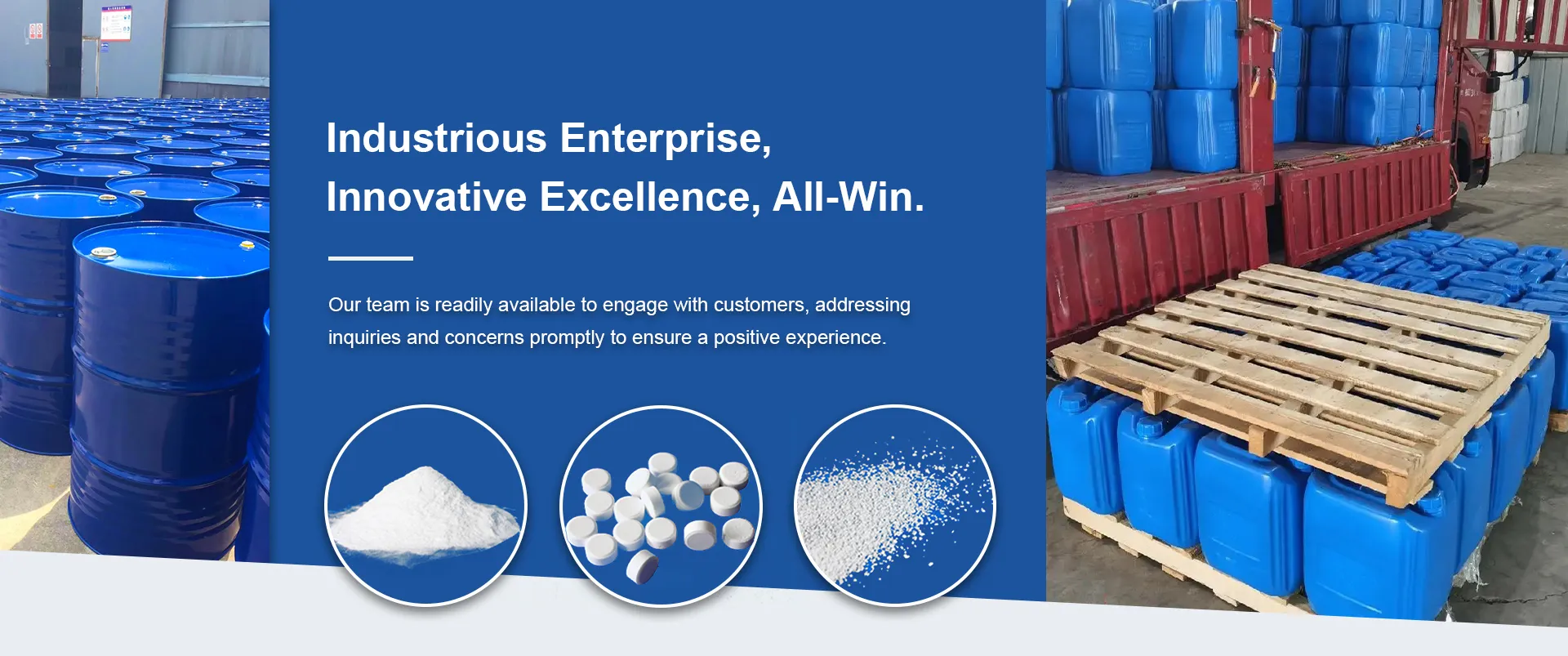
acidity regulator 575
Understanding Acidity Regulator E575 A Comprehensive Overview
Acidity regulators play a vital role in the food industry, helping to maintain the desired pH levels in various products. Among these regulators, E575, also known as Glucono Delta-Lactone (GDL), has garnered attention for its multifunctional properties. This article will delve into the nature of E575, its functions, applications, safety, and regulatory status.
What is E575?
E575, or Glucono Delta-Lactone, is a naturally occurring compound derived from the oxidation of glucose. It has a unique molecular structure that allows it to act both as an acidity regulator and a flavor enhancer. E575 is classified as a lactone—a cyclic ester formed from the condensation of hydroxy acids. Its production typically involves the fermentation of glucose by specific bacteria, making it suitable for use in organic and natural food products.
Functions of E575
The primary function of E575 as an acidity regulator is to control the pH levels of food products. By managing acidity, it helps to enhance flavor, preserve food, and improve overall quality. E575 is mildly acidic, and when added to food products, it can slowly lower pH without introducing an overpowering sourness. This property is particularly beneficial in delicate formulations, ensuring that the final product retains its intended taste profile.
Moreover, E575 serves as a gelling agent and stabilizer in various food applications. It can act as a coagulant in the production of tofu and dairy products, providing texture and structure. Additionally, the slow release of acidity from E575 can aid in microbial inhibition, thus prolonging the shelf life of perishable items.
Applications of E575
E575 is widely used in several food and beverage products. Its versatility makes it suitable for
1. Dairy Products GDL is often used in cheese production, assisting in curd formation and flavor development. It’s particularly popular in soft cheeses and desserts like panna cotta.
acidity regulator 575

2. Meat Products The compound can be found in processed meats for its role in flavor enhancement and preservation.
3. Baked Goods E575 helps to regulate acidity in bread and cakes, contributing to texture and crumb structure.
4. Beverages Certain beverages, especially fermented products, utilize E575 for its stabilizing and flavor-enhancing properties.
5. Tofu As a coagulant, E575 facilitates the production of tofu, giving it a desirable texture without impacting the flavor significantly.
Safety and Regulatory Status
One of the critical aspects of food additives is their safety profile. E575 has been evaluated by several food safety authorities and is generally regarded as safe (GRAS) for consumption at approved levels. It has been approved for use in various products by organizations, including the European Food Safety Authority (EFSA) and the US Food and Drug Administration (FDA).
The acceptable daily intake (ADI) for E575 is well-documented, ensuring that consumers can safely enjoy products containing this acidity regulator without health concerns. Nonetheless, individuals with specific dietary restrictions or allergies should always consult product labels or health professionals to ensure that GDL aligns with their dietary needs.
Conclusion
In summary, E575, or Glucono Delta-Lactone, is a crucial acidity regulator in the food industry, valued for its multifunctionality and role in enhancing food quality. From dairy and meat products to baked goods and beverages, its applications are diverse and impactful. With a solid safety profile and broad regulatory approval, E575 continues to be a go-to choice for food manufacturers aiming to improve flavor and preserve freshness. As the demand for natural ingredients in food production increases, E575's natural origin and multifunctionality position it well for continued prominence in the food sector. Understanding compounds like E575 not only enriches our knowledge of food science but also allows consumers to make informed choices about the products they consume.
-
Aluminum Hydroxide: Quality Gels & Dried Gel AntacidNewsAug.31,2025
-
Buy High-Quality Trichloroisocyanuric Acid for Sale | TCCA 90% SupplierNewsAug.30,2025
-
Pure Sodium Dichloroisocyanurate Dihydrate | Powerful DisinfectantNewsAug.29,2025
-
Industrial Chemicals: Quality & Purity for Every IndustryNewsAug.28,2025
-
Nitrile Rubber Honoring Strict Production StandardsNewsAug.22,2025
-
Aspartame Ingredients Honoring Food Safety ValuesNewsAug.22,2025
-
Fertilizer for Balanced Plant NutritionNewsAug.22,2025
Hebei Tenger Chemical Technology Co., Ltd. focuses on the chemical industry and is committed to the export service of chemical raw materials.
-

view more DiethanolisopropanolamineIn the ever-growing field of chemical solutions, diethanolisopropanolamine (DEIPA) stands out as a versatile and important compound. Due to its unique chemical structure and properties, DEIPA is of interest to various industries including construction, personal care, and agriculture. -

view more TriisopropanolamineTriisopropanolamine (TIPA) alkanol amine substance, is a kind of alcohol amine compound with amino and alcohol hydroxyl, and because of its molecules contains both amino and hydroxyl. -

view more Tetramethyl Thiuram DisulfideTetramethyl thiuram disulfide, also known as TMTD, is a white to light-yellow powder with a distinct sulfur-like odor. It is soluble in organic solvents such as benzene, acetone, and ethyl acetate, making it highly versatile for use in different formulations. TMTD is known for its excellent vulcanization acceleration properties, which makes it a key ingredient in the production of rubber products. Additionally, it acts as an effective fungicide and bactericide, making it valuable in agricultural applications. Its high purity and stability ensure consistent performance, making it a preferred choice for manufacturers across various industries.





